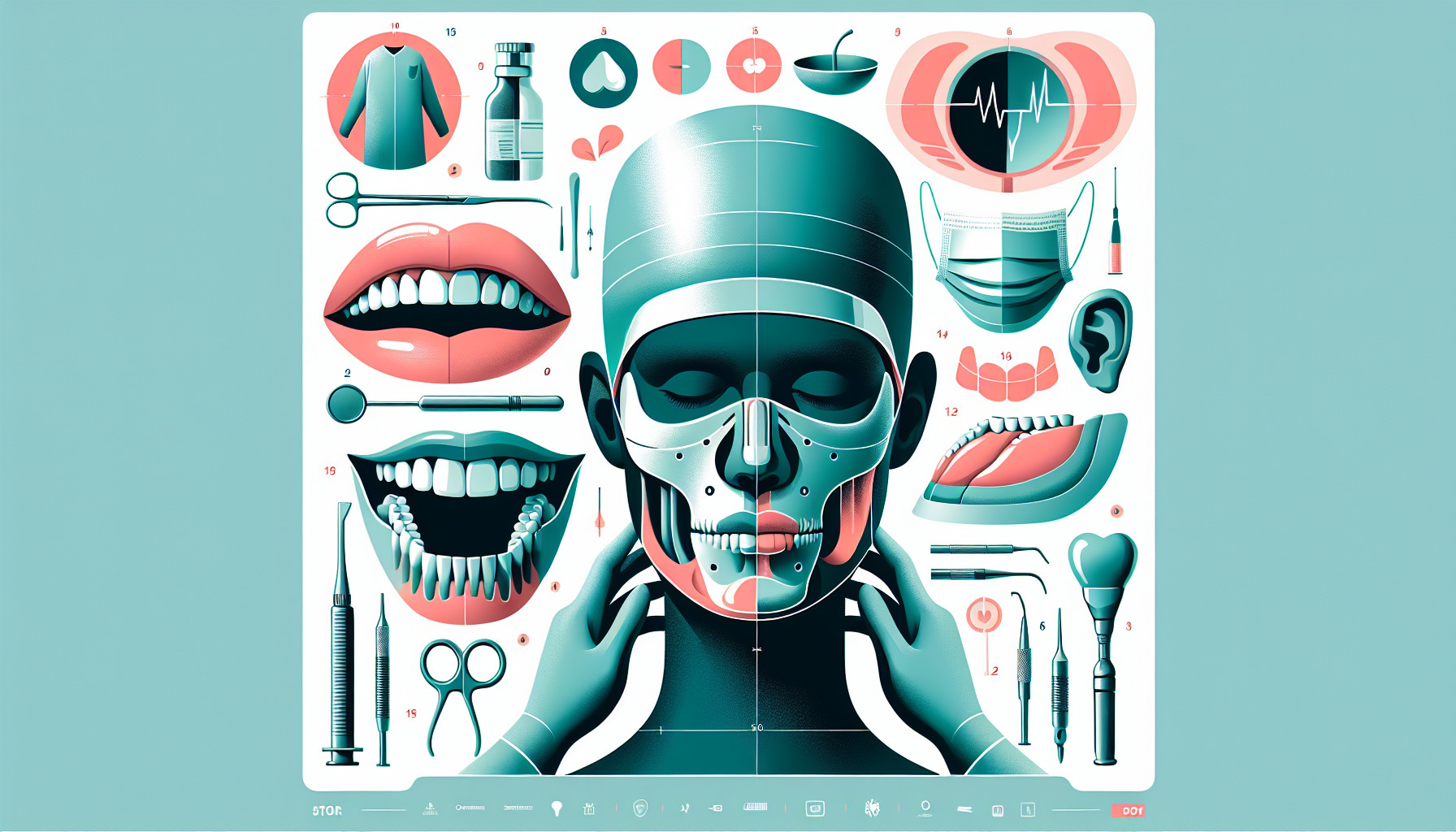Our Summary
This research aimed to compare the planned and actual position of dental implants after surgery using a computer-assisted surgery technique. The researchers created artificial jaws with gaps for single teeth and used a specific software to plan where twenty implants should go. After placing the implants, they used the software to measure how much the actual placement deviated from the planned position.
The results showed that the deviations were relatively small, suggesting that this computer-assisted technique is reliable for planning and implementing single-tooth implants. However, the study also advised that a safety distance of more than 2 millimeters should be kept when planning the implant placement to account for any potential deviations. This study shows that this computer-assisted technique could be a reliable method for dental implant surgeries.
FAQs
- What was the main aim of the research on dental implant surgery?
- How were the deviations in the placement of dental implants measured in the study?
- What did the study suggest about the reliability of the computer-assisted technique in dental implant surgeries?
Doctor’s Tip
One helpful tip a doctor might tell a patient about dental implant surgery is to follow post-operative care instructions carefully to ensure proper healing and successful integration of the implant with the surrounding bone. This may include avoiding hard or sticky foods, practicing good oral hygiene, and attending follow-up appointments as scheduled. By taking care of your dental implant properly, you can increase the likelihood of a successful outcome and long-lasting results.
Suitable For
Patients who are missing one or more teeth, have good overall oral health, have adequate bone structure in the jaw to support the implant, and are committed to maintaining good oral hygiene are typically recommended for dental implant surgery. Additionally, patients with dentures or bridges that are uncomfortable or insecure may also benefit from dental implant surgery. It is important for patients to consult with a dentist or oral surgeon to determine if they are a suitable candidate for dental implant surgery.
Timeline
Before dental implant surgery:
- Consultation with a dentist or oral surgeon to determine if the patient is a good candidate for dental implants.
- X-rays and scans may be taken to assess the bone density and structure in the jaw.
- Treatment plan is developed, including the number and location of implants needed.
- Pre-operative instructions are given, including any necessary medications or dietary restrictions.
After dental implant surgery:
- The patient may experience some discomfort, swelling, and bruising in the days following surgery.
- Pain medication and antibiotics may be prescribed to manage pain and prevent infection.
- Follow-up appointments are scheduled to monitor healing and ensure the implants are integrating properly.
- Once the implants have fully integrated with the bone, the final prosthetic tooth or teeth are placed.
- Regular dental check-ups and maintenance are necessary to ensure the longevity of the implants.
What to Ask Your Doctor
Some questions a patient should ask their doctor about dental implant surgery include:
- How experienced are you in performing dental implant surgeries?
- What are the potential risks and complications associated with dental implant surgery?
- What type of anesthesia will be used during the procedure?
- How long will the recovery process take, and what can I expect in terms of pain and discomfort?
- Will I need to follow any specific post-operative care instructions?
- How long do dental implants typically last?
- What is the success rate of dental implant surgery?
- How will you ensure that the implant is placed in the correct position during surgery?
- Are there any alternatives to dental implants that I should consider?
- What is the overall cost of the procedure, including any potential additional treatments or follow-up appointments?
Reference
Authors: Böse MWH, Beuer F, Schwitalla A, Bruhnke M, Herklotz I. Journal: J Dent. 2022 Oct;125:104265. doi: 10.1016/j.jdent.2022.104265. Epub 2022 Aug 20. PMID: 35995082
